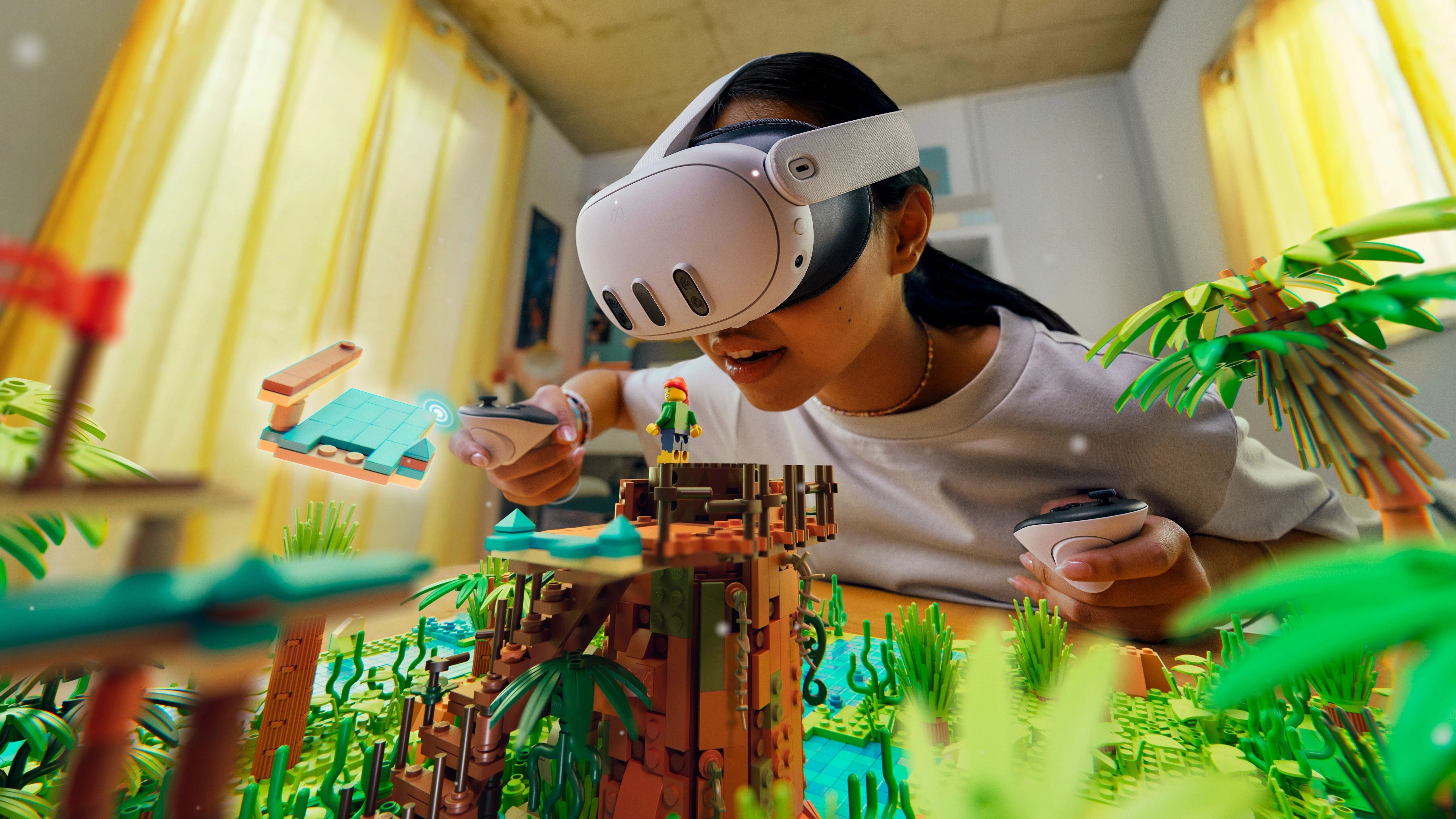[ad_1]

Meta’s VR headsets recently received update v64, which according to Meta added several improvements to their software – such as better-quality mixed-reality passthrough in the case of the Meta Quest 3 (though I didn’t see a massive difference after installing the update on my headset).
It’s now been discovered (first by Twitter user @Squashi9) that the update also included another upgrade for Meta’s hardware, with Space Scan, the Quest 3’s room scanning feature, getting a major buff thanks to AI.
The Quest 3’s Space Scan is different to its regular boundary scan, which sets up your safe play space for VR. Instead, Space Scan maps out your room for mixed-reality experiences, marking out walls, floors, and ceilings so that experiences are correctly calibrated.
You also have the option to add and label furniture, but you had to do this part manually until update v64 rolled out. Now, when you do a room scan your Quest 3 will automatically highlight and label furniture – and based on my tests it works flawlessly.
Annoyingly, the headset wouldn’t let me take screenshots of the process, so you’ll have to trust me when I say that every piece of furniture was not only picked up by the scan and correctly marked out, it was also labelled accurately – it even picked up on my windows and doors, which I wasn’t expecting.
The only mistake I spotted was that a chair I have in my living room was designated a ‘couch’, though this seems to be more an issue with Meta’s lack of more specific labels than with Space Scan’s ability to detect what type of object each item of furniture is.
Post by @edwardrichardmiller
View on Threads
This feature isn’t a complete surprise, as Reality Labs showed a version of it off on Threads in March. What is surprising, however, is how quickly it’s been rolled out after being unveiled – though I’m not complaining, considering how well it works and how easy it makes scanning your room.
So what?
Adding furniture has a use for MR and VR apps. Tables can be used by apps like Horizon Workrooms as designated desks, while sitting down in or getting up from a designated couch will change your VR experience between a standing or seated mode.
Meanwhile, some apps can use the detected doors, windows, walls, and furniture such as a bookshelf to adjust how mixed-reality experiences interact with your space.
With Meta making it less tedious to add these data points, app developers have more of a reason to take furniture into account when designing VR and MR experiences, which should lead to them feeling more immersive.
This also gives Meta a leg up over the Apple Vision Pro, as it’s not yet able to create a room scan that’s as detailed as the one found on Meta’s hardware – though until software starts to take real advantage of this feature it’s not that big a deal.
We’ll have to wait and see what comes of this improvement, but if you’ve already made a space scan or two on your Quest 3 you might want to redo them, as the new scans should be a lot more accurate.
You might also like
[ad_2]
Source Article Link

